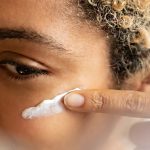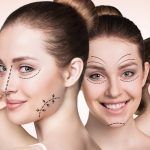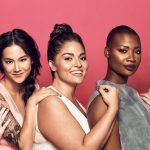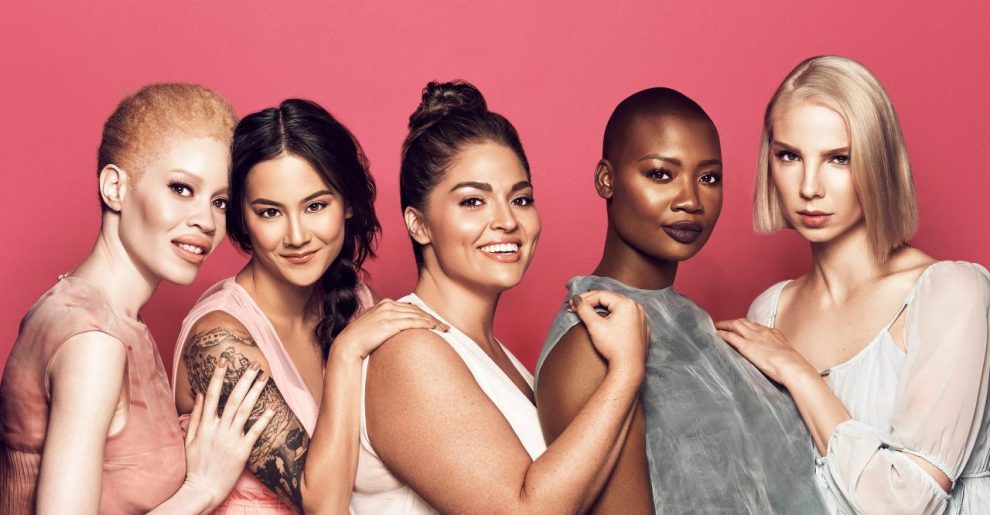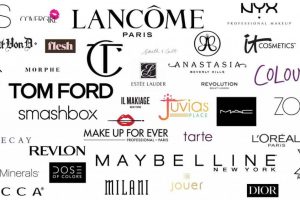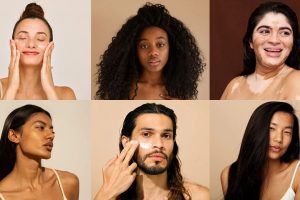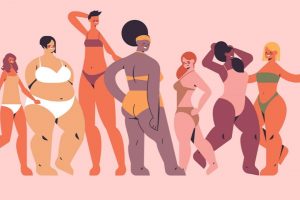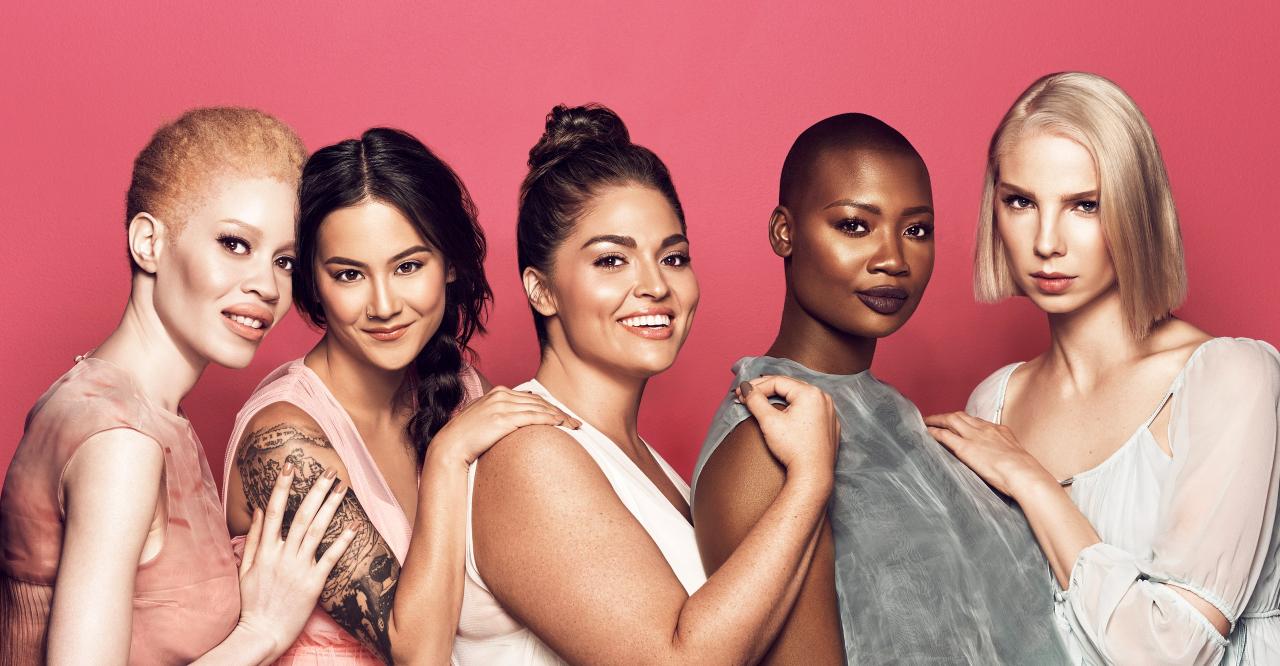
Beauty and fashion are two sides of the same coin, often influencing each other’s trends, narratives, and ideals. As the notion of beauty diversifies, the fashion industry is directly impacted by these changes, adjusting its own norms and principles accordingly. This article will delve into the transformative impact of beauty diversity within the fashion industry, drawing on the influence of technology and examples from leading figures in the industry.
The Historical Impact of Beauty Diversity in Fashion
Historically, the fashion industry has set and propagated strict standards of beauty, often projecting images of wafer-thin, young, and predominantly white models. However, with the growing recognition of beauty diversity, these stringent ideals are being challenged.
The turn of the century brought about a rise in body positivity, influencing fashion houses to break away from the norm. The “zero” size was no longer the standard. The Dove Real Beauty campaign, launched in 2004, was a prime example. It showcased women of different shapes, sizes, and races, celebrating the diversity of beauty. The message was clear – every woman is beautiful, and this diversity needs to be reflected in the fashion industry.
Technology: A Catalyst for Change
The advent of technology, particularly social media, has played a crucial role in promoting beauty diversity in fashion. Social platforms like Instagram and YouTube have given voice to individuals who were previously underrepresented or overlooked in the fashion world. These platforms are used to challenge traditional beauty ideals, showcasing a plethora of body types, skin colors, ages, and genders.
Take, for instance, the rise of plus-size fashion bloggers like Nadia Aboulhosn and Gabi Gregg. They have created an online space where plus-size individuals can feel seen and inspired, encouraging fashion brands to cater to a more diverse audience.
Furthermore, with the advent of virtual fashion shows, digital fitting rooms, and augmented reality (AR) technology, the fashion industry has been able to broaden its horizons. It has allowed brands to visualize and cater to diverse body types and appearances, offering an inclusive shopping experience.
The Role of Influential Figures in Promoting Beauty Diversity
Celebrities and fashion icons have a significant impact on promoting beauty diversity in the fashion industry. They are often seen as role models, influencing public perception and driving change in the industry.
One notable example is supermodel Ashley Graham, who has made significant strides for plus-size models in the fashion industry. As the first size 16 model to appear on the cover of Sports Illustrated, she has championed for the inclusion of diverse body types in fashion.
Similarly, fashion designers play a vital role in advocating for beauty diversity. Christian Siriano, a renowned American designer, is known for his inclusive approach to fashion, featuring models of all sizes and backgrounds in his runway shows.
Conclusion: The Future of Beauty Diversity in Fashion
The impact of beauty diversity on the fashion industry is undeniable. It has fostered an inclusive environment where beauty is celebrated in its many forms and expressions.
As the renowned fashion designer Marc Jacobs once said, “I always find beauty in things that are odd and imperfect – they are much more interesting.” This sentiment reflects the shift towards beauty diversity within the fashion industry.
Going forward, we hope to see a fashion industry that not only acknowledges but actively celebrates diversity, promoting inclusivity at all levels, from the runway to the retail store. Technology will continue to play a vital role in this journey, bringing us closer to a world where the fashion industry truly represents and celebrates the diversity of beauty in all its forms.

